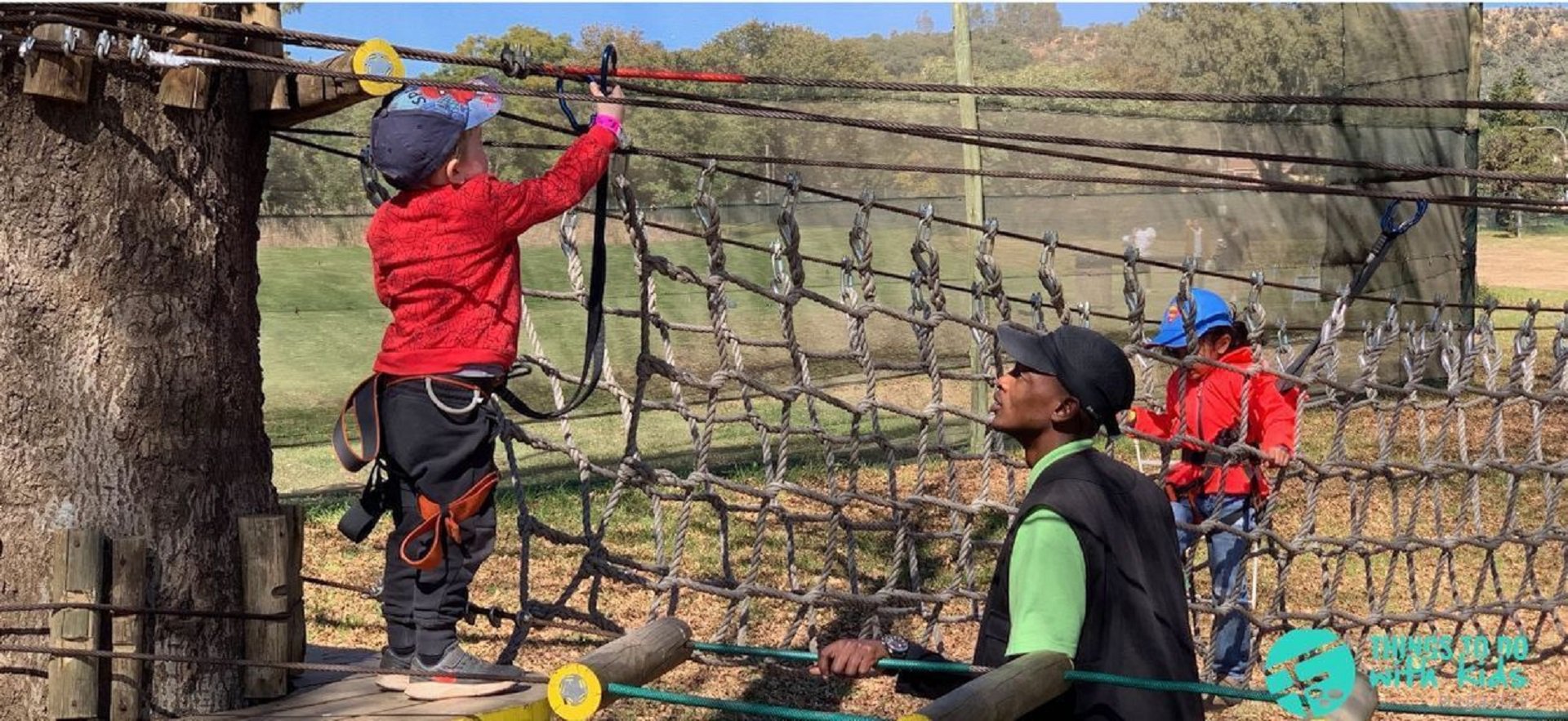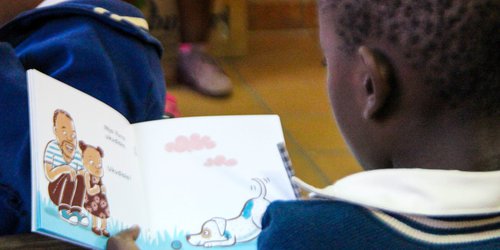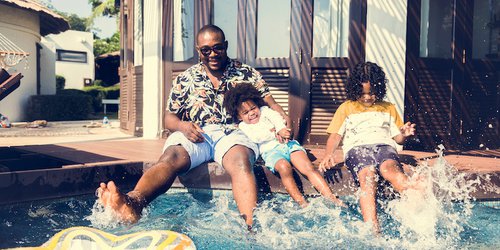How gross motor play improves visual perception
By Milanie Niemand
My family and I were recently at a fun day out at Acrobranch in Stellenbosch, which got me all excited to see and experience all the benefits of this activity! Acrobranch is a collection of obstacle courses, in the trees… You are attached to a very secure harness, and then you have to negotiate the challenging obstacles and ziplines from your choice of course. The different courses range from the one for children over three years till the more challenging red one for fit adults who like to be high in the trees and accept a tough physical challenge.

So why has this got me so excited? Let me explain one of the biggest advantages of gross motor play on children (and adults too), the connection between gross-motor play and a child’s visual perception.
We already know the impact of being able to see, it is regarded by some as the most dominant sense in human perception of the external world. Most visual problems can be corrected with spectacles or operations, but the extent and importance of our vision extends far beyond the physical structure of the eye.
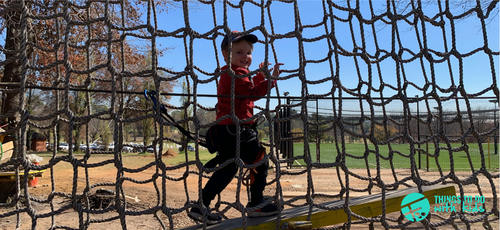
Visual perception is one of the most important abilities a child needs in order to succeed at school. It is the ability for our brain to make sense of and react to what our eyes are seeing. It is a very complex and integrated ability and develops gradually, starting with the basic components at the bottom of the hierarchy and the more complex and integrated components at the top. Good visual perception abilities are absolutely essential for a child to learn to read, write and do math’s. By the time a child learns to read and write, he has to have already mastered the basic components and given his eyes and brain plenty of practice.
Chances are you know of or have met someone who has been diagnosed with dyslexia. Dyslexia’s root cause is ineffective integration of the different visual perception abilities, causing moderate to severe difficulty with reading and spelling, even though the person has normal intellectual abilities.
What is the visual perception skills hierarchy?
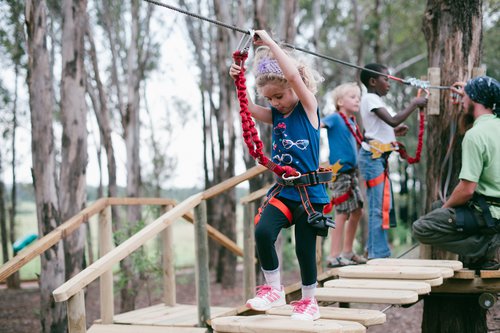
Without going into too much detail into the different aspects, I want to sketch an outline for you. As mentioned, the bottom of the hierarchy consists of the physical structures of the eyes, which includes visual acuity and eye movements/muscular control. Once this is optimal, a child can now give his visual attention on the subject, and only after this can his eyes scan the subject and recognize a pattern (for example a shape/outline). Next a child use his visual memory before he can start to process the information in his brain and react/adapt because of it.
It is at this high level where things become complicated, but fun! Now children can start distinguishing between different shapes and pictures (visual discrimination and form constancy), finding something among other things in the background (figure ground), or seeing things in relationship to each other (spatial relations/position in space) etc.
Are you visualizing some of these aspects in action yet? Puzzles, building blocks, find the differences, word searches, lots of educational games! The ability to remember the new letters and words that are being taught at school, to be able to distinguish between the letter “b” and the “d” etc.
But what is the link to gross motor play?
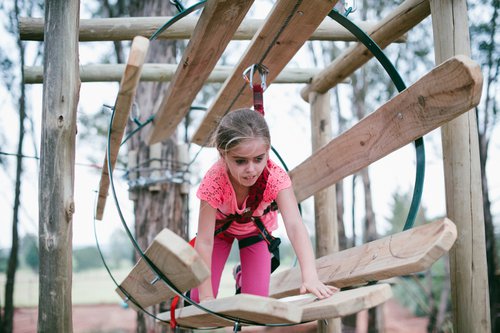
Think of that hierarchy again. At the bottom is the basic skills, things like eye movements and visual attention. Believe me, when you are off the ground, attached to a harness, and you have to balance on a dangling wooden pole in order to step on the next swinging and dangling pole, you are definitely giving your full visual attention to that next pole, following its movements closely, distinguishing the pole from the background, utilizing your depth perception and balance, all while using every muscle in your body to step forward and not fall off!. As you go through the course you are constantly, and with full focus, scanning the next obstacle in order to plan your next move. Sometimes you even stop and look around at what the other people are doing, stopping to focus on them far away before you focus close again to where you are.
Your obstacle course often consist of many steps of a specific obstacle, for example walking over dangling poles or platforms. Your eyes see and recognize the pattern, the similarities, and your body reacts by performing the same movement till the end of that “pattern”. Another aspect of the course is following safety procedures by constantly hooking your harness into the colour designated safety cables. Here you have to utilize your visual (and auditive) memory and form constancy by scanning for, finding and hooking in your harness.
The ability to see 2D object’s position in space starts from as early as the crawling baby, who is learning his body in relation to the world by crawling under, around and over things. Therefore, navigating the obstacle course is learning the brain about 3D position in space/spatial relations in order to be able to eventually distinguish between the “b”and the “d” for example.
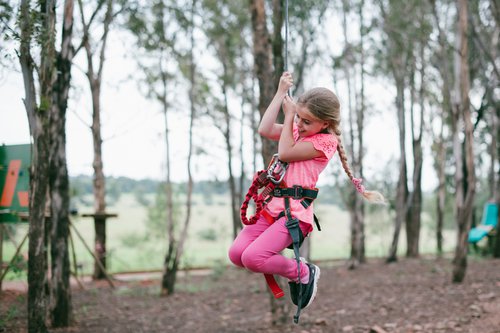
So the next time you and your kids have the opportunity for some fun gross motor play together, especially something that demands all their visual attention like at Acrobranch, I hope you remember how good it is not only for your relationships and their bodies, but especially for all that brain exercise and improved school work!
